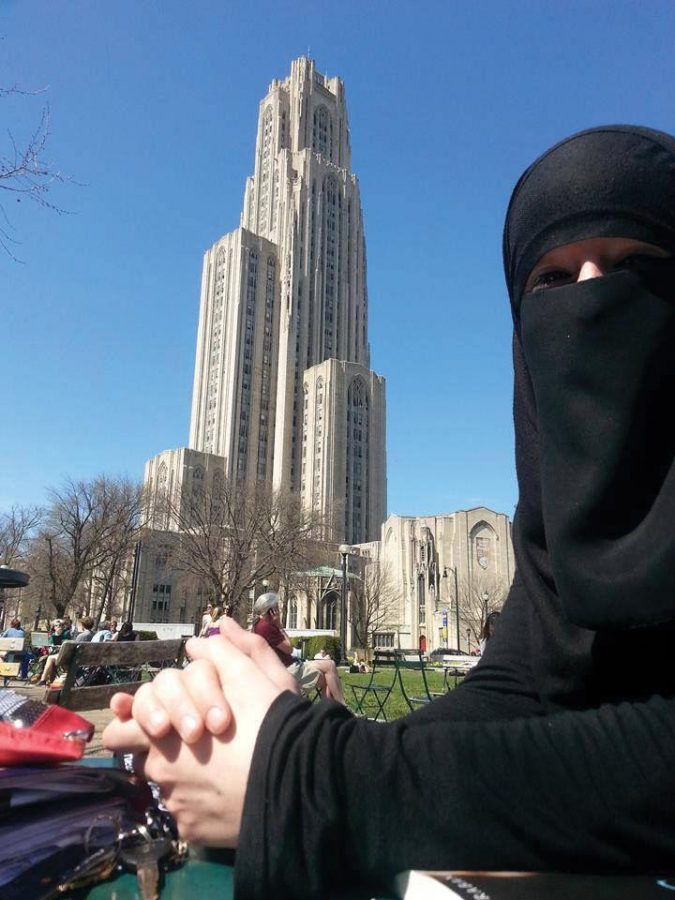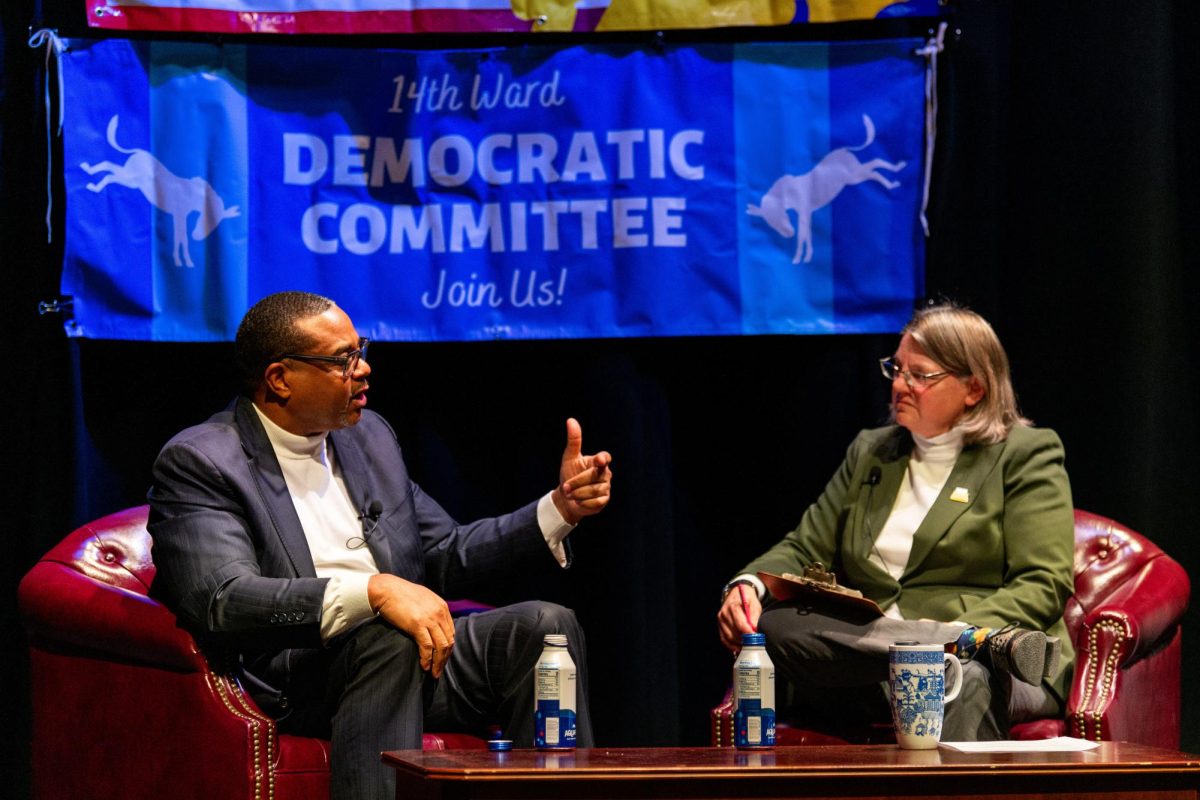Behind the veil: Misconceptions and stereotypes that Muslim women face
October 30, 2014
The United States is a nation built upon ideals of religious freedom. But our notion of religious “freedom” is entirely western-centric, which leads to misunderstanding and, sometimes, hatred of religious practices we are not used to.
Take the practices of Islam, for instance. Under-informed individuals and educated feminists alike constantly patronize Muslim women who choose to wear a headscarf. In 2006, the ACLU reported that there were 154 cases of discrimation against Muslim women — headscarfs were considered the main factor that triggered in all of these incidents. Contributing to this is the common misconception is that all women who follow the Islamic faith are forced into Muslim garb.
This assumption is incorrect.
While some countries, such as Saudi Arabia, implement oppressive forms of government that force women into veiling, most Muslims outside of such countries make the choice to cover.
The practice of veiling comes from the Quran. In an English translation of Chapter 24, Allah tells the prophet Mohammed to tell women “not [to] display their beauty, except what is apparent, and they should place their khumur over their bosoms.”
“Khumur” is the plural form for a veil covering the head.
Considering Chapter 24, westerners tend to deduce that veiling is not a choice, but the Quran refutes this thought process. Islam is a non-compulsory religion. The religion doesn’t force anything onto someone who is not willing. Muslims believe that Allah, or God, is forgiving and loving.
The Quran only calls for women specifically to wear the hijab — a piece of cloth that covers the hair and cascades under the chin to cover the bosom. But there are other forms of garb that women may choose instead of the hijab.
For example, a niqab is similar to a hijab, but it covers the entire face except for the eyes. Perhaps the most controversial option is the burqa, which covers everything, leaving only a one-way piece of mesh to see through. These options are more modest than the hijab.
Throughout high school, Kelcey Garner, a senior at Point Park University, was an atheist. She discovered Islam in college and converted, making the choice to cover her face and dress modestly.
Garner wears a niqab, which leaves only her eyes exposed. She said ever since she started wearing the niqab, people make eye-contact with her.
“I know its kind of cliché, but the eyes are the window to the soul … since I started covering, it forces people to see me for my mind, not my body,” Garner said.
Garner, like many other Muslim women, sees veiling as a form of liberation.
“This is my body. It’s my choice to show you or not show you,” she said.
Feminist movements have made it more and more appropriate for women to dress how they want — it’s your choice. But many feminists overlook the idea that judging modesty happens on a scale. Women who dress scantily to liberate themselves are no better or worse than women who choose to wear the veil and dress conservatively. The choice is a part of a spectrum, and both ends are liberating.
Garner opted to wear a niqab, a more conservative headscarf, because she wanted to break down the negative stigma that surrounds Muslim women who choose to wear the hijab, niqab or burqa.
A law in France embodies a horrible offshoot of this concept. On Sept. 14, 2010, the French government placed a ban on covering the face in public, outlawing burqas and niqabs. The government maintained that the law was in place for identification purposes and to prevent women from being forced into oppressive practices. According to the law, if authorities saw a woman wearing a religious facial covering, she could be fined up to 150 Euros — about $205.
Understandably, the ban outraged many Muslim women. Although the French Government meant to liberate “oppressed” Muslim women, the ban created a class of oppressed Muslim women who could not wear the clothing they felt was right.
For Garner, wearing a niqab is an opportunity to address the stereotype of weak, dominated Muslim women and simultaneously deconstruct it.
“Since I know people are going to feel semi-uncomfortable with me at first, I went above and beyond to be friendly … to be kind … to be opening … to show them who I am,” Garner said.
Although many women veil for personal liberation, others do so for political demonstrations. During the 1979 revolution in Iran, middle-class Iranian women veiled themselves to show solidarity with their veiled working-class sisters — thus, the veil served as a symbol of cultural identity, as well as freedom.
Now, Iran mandates that women wear the veil. It’s no coincidence that governments are trying to make the hijab seem oppressive.
Sophomore Fareedah Haroun said forcing a woman to wear the hijab corrupts its real meaning.
“It’s meant to represent your journey through Islam and your relationship with Allah, and, when you force someone to put it on, it takes away from its main purpose,” she said.
When people outside Islam project their own misunderstandings onto Muslims and misconstrue their cultural practices as oppressive, they take their liberty away.
“It doesn’t feel like it’s a command or anything of that sort. It feels like a freeing choice,” Haroun said.
It is all about choice. Wearing a headscarf can be just as liberating as wearing a short skirt. Instead of trying to “save” Muslim women from oppression, we should save our breath and respect their decision to veil.
Email Courtney at CNL13@pitt.edu



